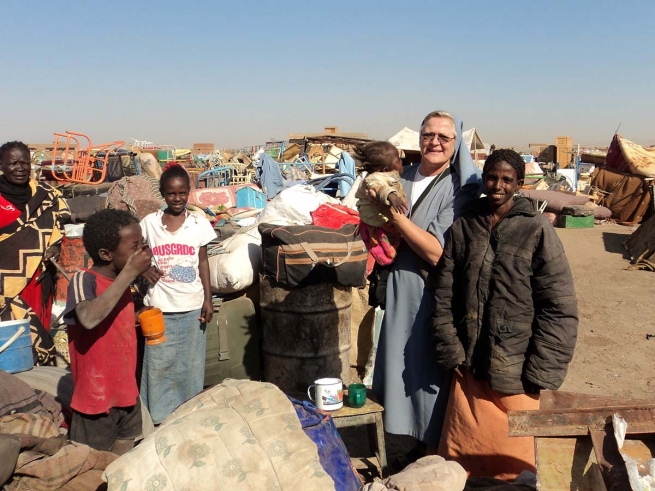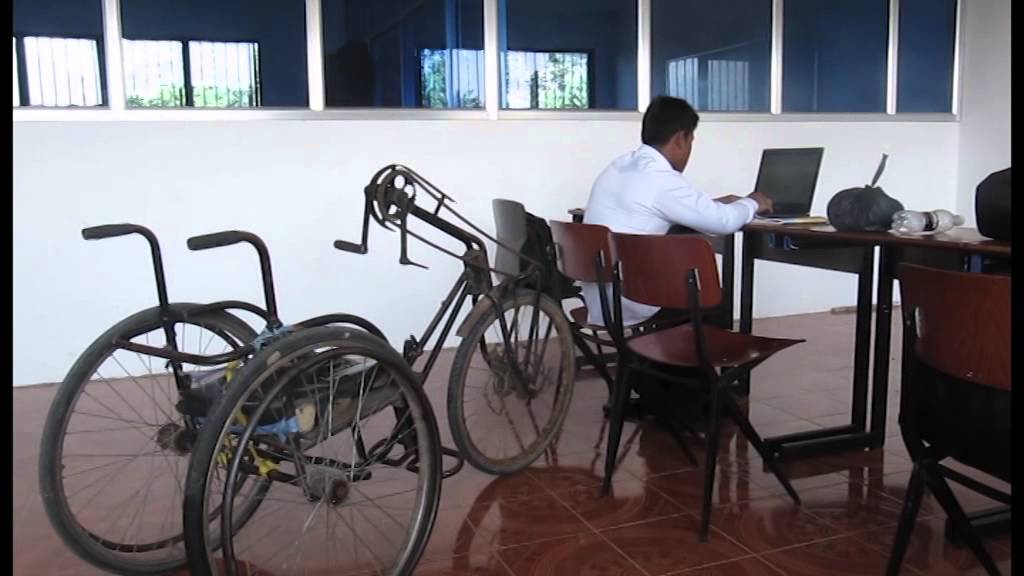WORLD WATER DAY: Bringing Attention to Connection Between Water, Food Security
(MissionNewswire) The international community celebrated World Water Day on March 22 – which is recognized annually as a means of focusing attention on the importance of freshwater and advocating for the sustainable management of freshwater resources. World Water Day 2012 was coordinated by the Food and Agriculture Organization of the United Nations.
An international day to celebrate freshwater was recommended at the 1992 United Nations Conference on Environment and Development (UNCED). The United Nations General Assembly responded by designating March 22, 1993, as the first “World Water Day.”
Each year, World Water Day highlights a specific aspect of freshwater – this year’s theme is water and food security.
“Agriculture is by far the main user of freshwater,” said United Nations Secretary-General Ban Ki-moon in an address highlighting World Water Day on March 22, 2012.
“Unless we increase our capacity to use water wisely in agriculture, we will fail to end hunger and we will open the door to a range of other ills, including drought, famine and political instability,” Ban Ki-moon continued.
“In many parts of the world, water scarcity is increasing and rates of growth in agricultural production have been slowing,” he said. “At the same time, climate change is exacerbating risk and unpredictability for farmers, especially for poor farmers in low-income countries who are the most vulnerable and the least able to adapt.”
Two weeks prior to this year’s World Water Day, UNICEF and World Health Organization report showed conclusively that poor people in rural areas are overwhelmingly those without these most basic necessities for life.
As the world commemorated World Water Day, UNICEF called on governments to pay particular attention to those who are being left behind in their countries’ progress, especially with regard to access to safe drinking water and basic sanitation.
“Governments must make sure that their resources achieve real results for the poorest people,” said Sanjay Wijesekera, UNICEF’s chief of water, sanitation and hygiene. “Otherwise they risk leaving large portions of their populations, particularly children, increasingly vulnerable to disease.”
The report, Progress on Drinking Water and Sanitation 2012, says the world met the Millennium Development Goal target for drinking water at the end of 2010, when 89 per cent of the world’s population, or 6.1 billion people, used improved drinking water sources.
However, it says that rural dwellers are several times more likely than their urban counterparts to be without access to safe drinking water. According to the report, globally there is an almost universal disparity of access to safe drinking water in rural areas compared to urban areas.
Of the 783 million people still without improved sources of drinking water in 2010, 653 million are from rural areas. The picture is even worse for sanitation, where globally, 79 per cent of the urban population use an improved sanitation facility compared to 47 per cent of the rural population. Fully 72 per cent of those without access to improved sanitation, or 1.8 billion people, live in rural areas.
UNICEF says the rural-urban divide for safe drinking water is particularly acute in poorer countries. In sub-Saharan Africa the gap between urban and rural is 34 percentage points. On average in Least Developed Countries, ninety-seven out of every 100 rural dwellers do not have piped water on premises.
Overwhelmingly, it is women and girls who are bearing the brunt of the water burden, UNICEF says. Surveys conducted in 25 countries in sub-Saharan Africa found that in 71 per cent of all households without water on the premises women or girls are mainly responsible for water collection. Each household typically requires at least one trip a day, and often more, for water collection. It is estimated that women spend a combined total of at least 16 million hours each day collecting drinking water; men spend 6 million hours; and children, 4 million hours.
“Safe drinking water must reach everyone”, says Wijesekera. “We cannot celebrate progress until those who are hardest to reach can also turn on a tap, or go to a well or pump and get enough safe drinking water for their daily needs.”
###
UN Photo/Martine Perret



